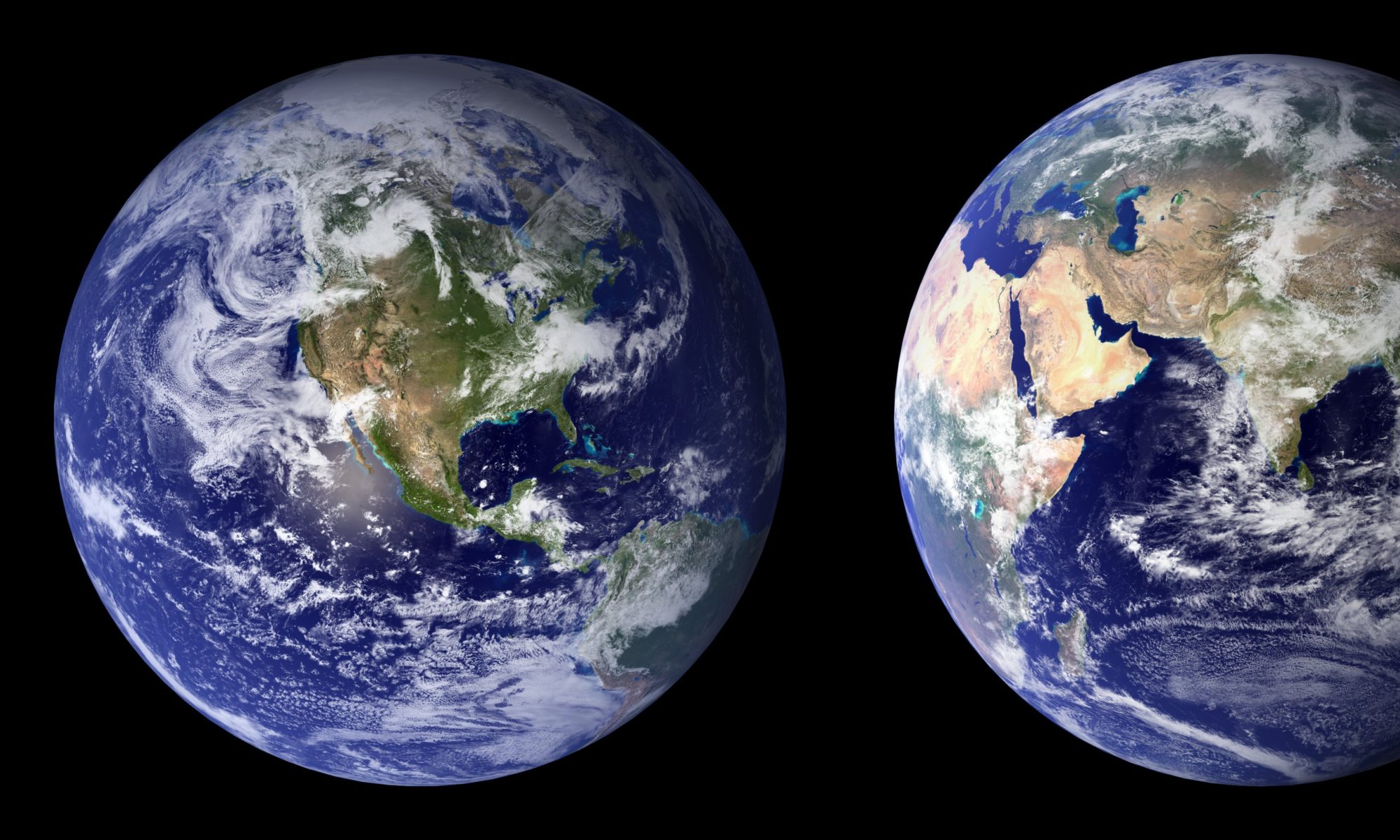The story of the Maya reveals that human induced climate change is not the recent phenomenon it is so often perceived to be. In fact, it stands as a warning to current generations in Central and South America who are deforesting the region at an unprecedented rate.

3. The Khmer Empire – Cambodia

The Khmer civilisation is best known for building the stunning city of Angkor in modern day Cambodia. The largest pre-industrial city in the world 10, Angkor was renowned for its sophisticated water management system. However after a period of decline in the 13th and 14th centuries the city was all but abandoned by the end of the 15th.
Tree ring data indicates that the city experienced decades-long drought interspersed with intense monsoons through the 14th and 15th centuries that put a heavy strain on the water management system and contributed to its demise 11.
While conflicts and invasion ultimately sealed the fate of Angkor, there is strong evidence to suggest that the fortunes of the Khmer were fundamentally linked to fluctuations in the reach and volume of the Asian monsoon 12. At the time of the civilisation’s collapse, sediment cores from the city’s reservoir complex show that the water supply had declined by a factor of ten 13.

Without a doubt, the modern world has done a remarkable job of buffering us against the temperamental nature of the natural climate. Not only can we understand and predict weather and climate, but we can transport resources at a scale and over distances which were unimaginable to our ancestors.
But in the process we have become detached from nature, and risk taking it for granted. Never forget that every component of the modern world was either dug from the ground or grown in it. Plastic, glass, concrete, steel – all the trappings of an urban environment – started in the ground. And our food still relies on the fundamental natural processes that govern the climate.
Now, with carbon dioxide levels up 40% in 200 years, we have effectively put natural climate variability on steroids. Whether we accept it or not we, like the Egyptians, Maya and Khmer, are at the mercy of the climate. Does this mean modern civilisation, like its predecessors, will collapse due to climate change? Perhaps not. But for the ancients, societal collapse was preceded by a period of decline directly related to an unpredictable and unreliable climate. Unless we heed scientific facts and the warnings of history, we are in danger of watching our society slowly unravel like a disaster viewed in slow motion.
References
- Büntgen, U., Tegel, W., Nicolussi, K., McCormick, M., Frank, D., Trouet, V., Kaplan, J.O., Herzig, F., Heussner, K.U., Wanner, H. and Luterbacher, J., 2011. 2500 years of European climate variability and human susceptibility. Science, 331(6017), pp.578-582.
- Hassan, F.A., 1997. Nile floods and political disorder in early Egypt. In Third millennium BC climate change and old world collapse (pp. 1-23). Springer, Berlin, Heidelberg.
- United States Geological Survey. “Climate and drought lessons from ancient Egypt.” ScienceDaily. ScienceDaily, 16 August 2012. .
- Bernhardt, C.E., Horton, B.P. and Stanley, J.D., 2012. Nile Delta vegetation response to Holocene climate variability. Geology, 40(7), pp.615-618.
- Kennett, D.J., Breitenbach, S.F., Aquino, V.V., Asmerom, Y., Awe, J., Baldini, J.U., Bartlein, P., Culleton, B.J., Ebert, C., Jazwa, C. and Macri, M.J., 2012. Development and disintegration of Maya political systems in response to climate change. Science, 338(6108), pp.788-791.
- Medina-Elizalde, M. and Rohling, E.J., 2012. Collapse of Classic Maya civilization related to modest reduction in precipitation. Science, 335(6071), pp.956-959.
- Cook, B.I., Anchukaitis, K.J., Kaplan, J.O., Puma, M.J., Kelley, M. and Gueyffier, D., 2012. Pre‐Columbian deforestation as an amplifier of drought in Mesoamerica. Geophysical Research Letters, 39(16).
- Turner, B.L. and Sabloff, J.A., 2012. Classic Period collapse of the Central Maya Lowlands: Insights about human–environment relationships for sustainability. Proceedings of the National Academy of Sciences, 109(35), pp.13908-13914.
- Oglesby, R.J., Sever, T.L., Saturno, W., Erickson, D.J. and Srikishen, J., 2010. Collapse of the Maya: Could deforestation have contributed?. Journal of Geophysical Research: Atmospheres, 115(D12).
- Evans et al., A comprehensive archaeological map of the world’s largest pre-industrial settlement complex at Angkor, Cambodia, Proceedings of the National Academy of Sciences of the USA, August 23, 2007
- Buckley, B.M., Anchukaitis, K.J., Penny, D., Fletcher, R., Cook, E.R., Sano, M., Wichienkeeo, A., Minh, T.T. and Hong, T.M., 2010. Climate as a contributing factor in the demise of Angkor, Cambodia. Proceedings of the National Academy of Sciences, 107(15), pp.6748-6752.
- Lieberman, V. and Buckley, B., 2012. The impact of climate on Southeast Asia, circa 950–1820: new findings. Modern Asian Studies, 46(5), pp.1049-1096.
- Day, M.B., Hodell, D.A., Brenner, M., Chapman, H.J., Curtis, J.H., Kenney, W.F., Kolata, A.L. and Peterson, L.C., 2012. Paleoenvironmental history of the West Baray, Angkor (Cambodia). Proceedings of the National Academy of Sciences, 109(4), pp.1046-1051.

